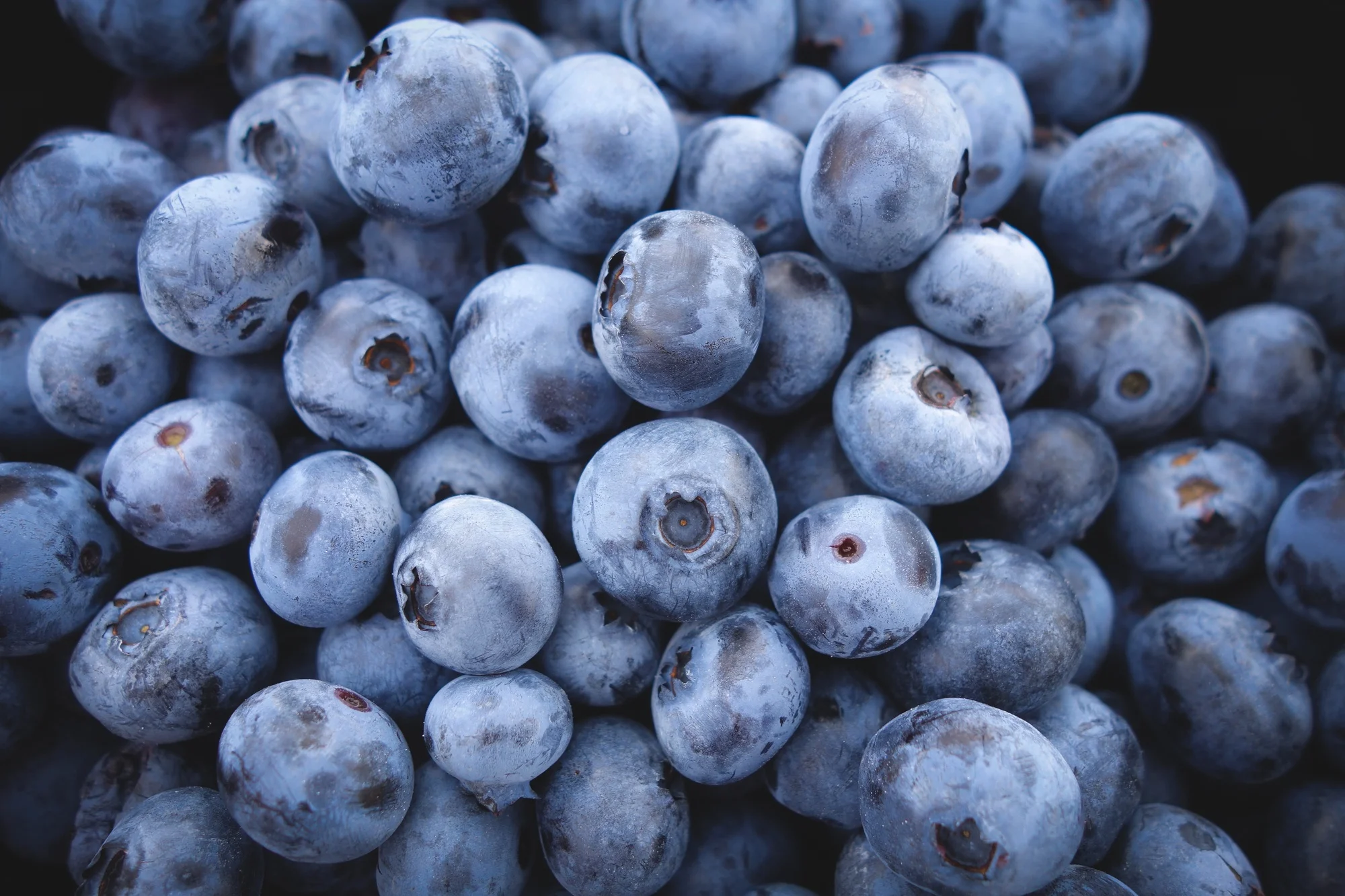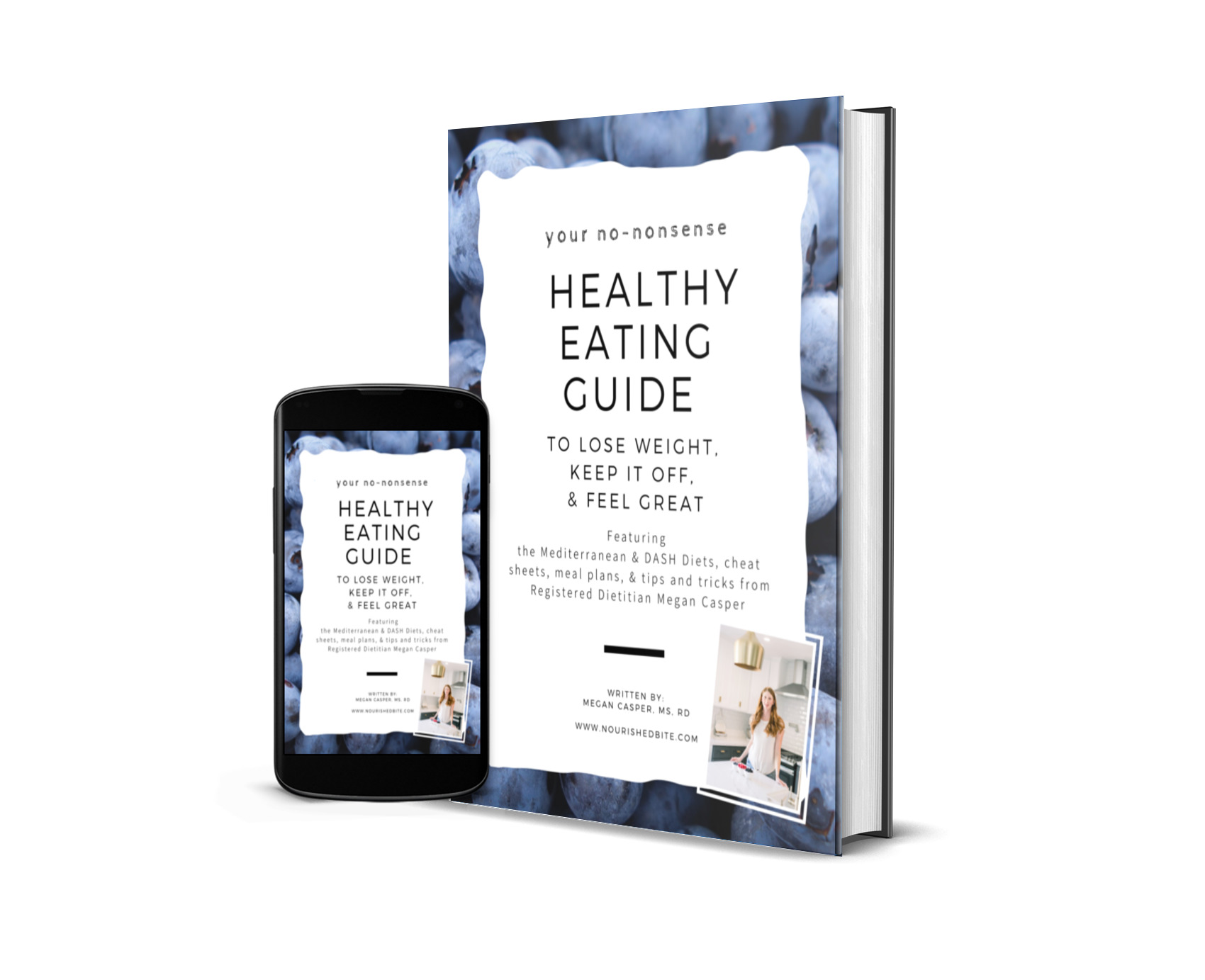7 Things You Can Do For Your Heart and Why It Matters Today
/Recent studies have shown that cardiovascular disease now kills one out of 3 Americans. The fact is, many of us don’t think about our heart health - and don’t have symptoms - until there’s a problem much later in life when treatment is already needed. (If you’re to that point, there’s kinda good news. Research shows that diet, exercise and medications at that point can reduce the risk of a heart attack by 30%.)
Hot dogs. Mac and cheese. Cake. When you’re a kid, you can eat anything and burn it right off, right? Not quite. It turns out that the same atherosclerotic buildup - streaks of fat that slowly build up in the arteries - that eventually leads to heart disease starts forming in childhood and can be pretty far established by the early 20s - in fact nearly half of young adults between the ages of 18 to 24 have at least one risk factor for heart disease.These fatty streaks or “plaques” continue to grow throughout our lives until problems like decreased blood flow, heart attacks or stroke occur.
Don’t panic though! While chowing down as a teenager (and probably beyond) has set some goo up in your arteries, there are steps you can take now to help reverse the damage and live a healthy, longer life.
Cut out the soda. And other sugary sweet beverages. Why? First these drinks increase your risk for gaining weight, since they don’t make you feel full and pack in a ton of calories. Their sugary sweetness, whether due to sugar or zero-cal sweeteners, can spark your sweet tooth and cause you to crave and eat other high-carbohydrate foods. What’s this mean for heart health? While weight gain raises your risk for cardiovascular disease, it turns out that the biggest soda drinkers are also at a 20% higher risk for the disease. If you’re a big soda or juice drinker, you don’t have to go cold turkey. Even swapping out one sugary drink a day can cut your risk of type 2 diabetes by 25 percent. Try cutting down a can a day, make yourself a spritzer with a splash of juice and seltzer, brew some tea or coffee, or add cucumbers, lemon or lime to your water.
Get your sweat on. Working out not only can prevent but also help treat heart disease. Besides helping weight loss, exercise lowers blood pressure, improves your body’s response to insulin, and lowers LDL cholesterol, the type of cholesterol that is part of buildup in arteries. Added bonus: exercise actually increases HDL, a type of cholesterol that grabs LDL from arteries and brings it back to the liver. The American Heart Association recommends about 150 minutes a week of moderate exercise, so about 30 minutes a day. If aiming to lower blood pressure or cholesterol, the AHA recommends 40 minutes of moderate to vigorous exercise 3 or 4 times a week. If the idea of 150 minutes a week seems intimidating, start small and aim for a 10 minute walk twice this week. You’ll be amazed at how much further you can go in just a few short weeks.
Maintain a healthy weight. While people at every weight are at a risk for heart disease, if you’re packing on a little extra your chances increase. If adding exercise and changing your diet is intimidating, try starting with small changes. This week, try adding a short walk or two, eat a piece of fruit, swap in a whole grain, or air pop your own popcorn instead of eating chips. Every little bit counts! And next time you see your doctor, check in to see what weight would be best for you.
Fiber. Eating fruits, veggies and whole grains can help lower total and LDL cholesterol. Your body uses cholesterol to make bile, which helps your body absorb fats. Usually bile is recycled, but when soluble fiber is in play it grabs a bit of bile and takes it with it through the digestive tract - and out of you. To make up for lost bile, your body takes cholesterol from your blood, lowering your overall cholesterol. So eat up! Try oatmeal for breakfast, beans in tonight’s dinner, or berries and ground flaxseed on yogurt. The average American eats about half of the recommended 20 to 35 grams of fiber.
Eat healthy fats. Skip the low-fat trend - fat is good for you! Healthy fats help lower your LDL cholesterol and some even help raise your good HDL cholesterol. The good guys: monounsaturated fats like those found in olive oil, flaxseed oil, and nuts; polyunsaturated fats found in many vegetable oils, seeds, nuts and grains; and essential fatty acids like omega 3s found in fish, walnuts, chia, and flax. These fats are not only good for your heart, but also keep you full and satisfied and help you absorb fat soluble vitamins A,D,E, and K.
Cut out the junk. Eating too many saturated fats and trans fats increases your risk for cardiovascular disease and heart attack. Try to limit your intake of fatty cuts of meat, cream, butter and cheese. Trans fats are mostly found in processed foods to improve texture and shelf life, and are being phased out of the food supply. The only catch? Manufacturers can say a food is trans-fat free if it contains less than .5 grams of trans fat, and some packages contain more than one easy to gobble down serving. Check labels for hydrogenated oils, and if you’d like to indulge in a steak once in awhile cut off any excess fat.
Put out that cigarette. If you’re a smoker you already know that smoking isn’t great for you. Here’s another reason to quit: chemicals in cigarettes can help speed up the growth of plaque in your heart and arteries, greatly increasing the risk for blocked arteries, heart attacks, and stroke. I know you get nagged enough, but just quit already.
What are your favorite heart healthy recipes? How do you sneak in exercise? Let us know in the comments below!



